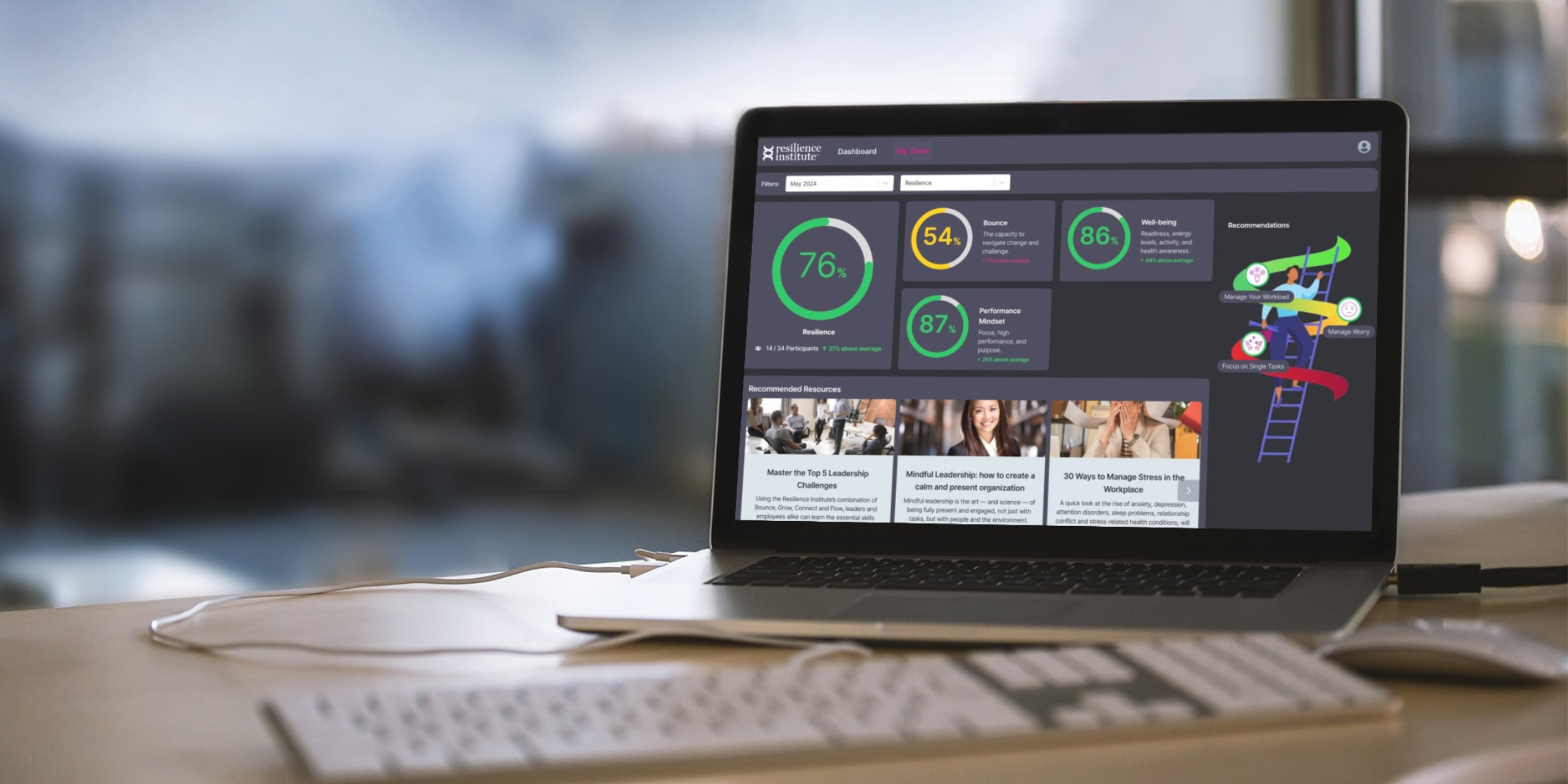
Understanding the JD-R Model and Its Role in Building Resilience
The Job Demands-Resources (JD-R) model offers a valuable framework for understanding workplace dynamics. It can be a powerful tool for fostering resilience within teams. Here’s how the JD-R model works and how leaders can use it to support their teams effectively.
What is the JD-R Model?
The JD-R model, developed by researchers Arnold Bakker and Evangelia Demerouti, categorizes workplace factors into two main groups: job demands and job resources. Job demands refer to the physical, psychological, social, or organizational aspects of a job that require sustained effort and are associated with certain physiological and psychological costs. Examples include high work pressure, emotionally demanding interactions, and job insecurity.
On the other hand, job resources are aspects of a job that help achieve work goals, reduce job demands, and stimulate personal growth, learning, and development. These include supportive leadership, autonomy, career opportunities, and positive social interactions at work.
Building Resilience with the JD-R Model
Resilience is the ability to bounce back from adversity and thrive despite challenges. By leveraging the JD-R model, organizations can build resilience in several ways:
1. Balancing Demands and Resources:
High job demands can lead to stress and burnout if not balanced with sufficient job resources. By ensuring that employees have access to adequate resources, leaders can help mitigate the negative effects of job demands. This balance is crucial for maintaining employee well-being and performance.
2. Enhancing Job Resources:
Providing resources like training, supportive supervision, and a positive work environment can boost employees’ resilience. These resources help employees manage their demands more effectively and promote engagement. For instance, offering regular professional development opportunities can enhance skills and confidence, making employees more resilient to stressors.
3. Reducing Job Demands:
Identifying and reducing unnecessary job demands can prevent burnout. Leaders can do this by streamlining processes, clarifying roles, and providing clear expectations. Reducing excessive workload and unreasonable deadlines can significantly lower stress levels and improve resilience.
Practical Steps for Leaders
Leaders play a crucial role in implementing the JD-R model to build resilient teams. Here are practical steps:
1. Assess the Current State:
Conduct surveys or assessments to understand the current job demands and resources. Tools like the Resilience Institute’s Resilience Assessment can be beneficial. This assessment can benchmark the efficacy and subsequent progress of a JD-R intervention, providing a clear picture of the areas needing improvement.
2. Increase Support and Autonomy:
Provide regular feedback, acknowledge achievements, and offer autonomy in how tasks are completed. Supportive leadership fosters a sense of control and competence among employees. When employees feel valued and empowered, their resilience to challenges increases.
3. Promote Work-Life Balance:
Encourage employees to take breaks, use their vacation time, and maintain a healthy work-life balance. This helps in reducing overall job demands. A balanced approach ensures that employees return to work refreshed and more capable of handling stress.
4. Facilitate Personal and Professional Growth:
Offer training and development opportunities. This not only equips employees with new skills but also boosts their confidence and resilience. Providing a clear path for career advancement can motivate employees and increase their commitment to the organization.
5. Encourage Social Support:
Foster a collaborative and supportive work environment. Encouraging teamwork and peer support can significantly enhance job resources. Social support at work acts as a buffer against stress and promotes a sense of belonging and mutual aid.
Evidence Supporting the JD-R Model
Research supports the efficacy of the JD-R model in promoting well-being and resilience. A study published in the “Journal of Managerial Psychology” found that job resources can buffer the negative effects of job demands on burnout and enhance engagement. Another study in “Work & Stress” highlighted that employees with higher job resources were more resilient and better able to cope with high job demands.
Further evidence from a meta-analysis in the “Journal of Occupational Health Psychology” confirms that job resources are directly related to work engagement and indirectly reduce the risk of burnout by mitigating the impact of job demands. This underscores the importance of a balanced approach where resources are used to support employees facing high demands.
Leveraging the Resilience Assessment
The Resilience Institute’s Resilience Assessment is a powerful tool to benchmark the efficacy of JD-R interventions. It provides detailed insights into individual and team resilience levels, helping leaders identify strengths and areas for improvement. By regularly using the assessment, organizations can track progress over time, ensuring that their strategies are effective and making necessary adjustments.
The assessment covers various dimensions of resilience, including physical, emotional, and mental well-being. It offers actionable insights that leaders can use to tailor their interventions, ensuring they meet the specific needs of their teams. By integrating the JD-R model with the resilience assessment, leaders can create a dynamic and responsive approach to building resilience.

Conclusion
By understanding and applying the JD-R model, leaders can create a work environment that not only mitigates stress but also builds resilience. Balancing job demands with adequate resources, promoting growth and support, and regularly assessing resilience levels are key strategies. These efforts lead to a more engaged, productive, and resilient workforce.
